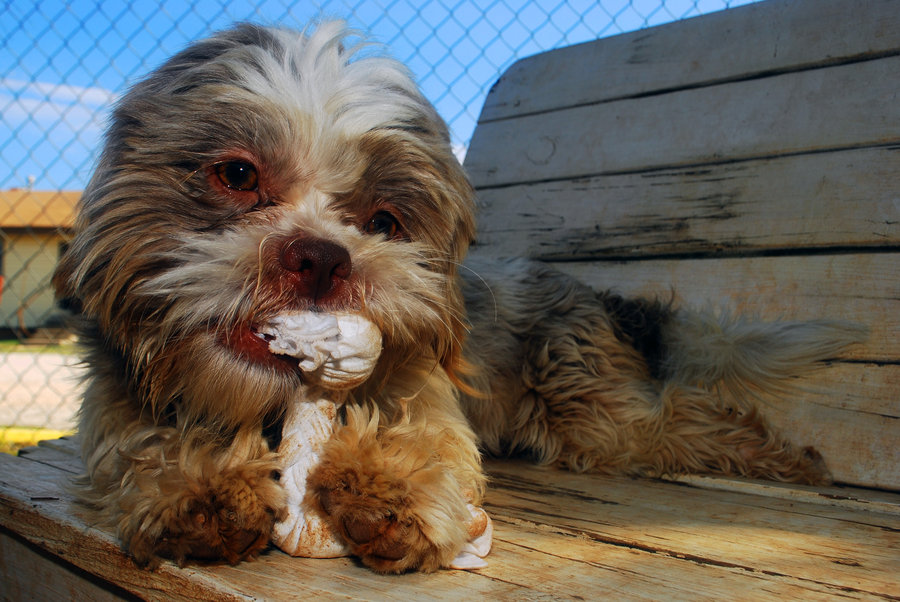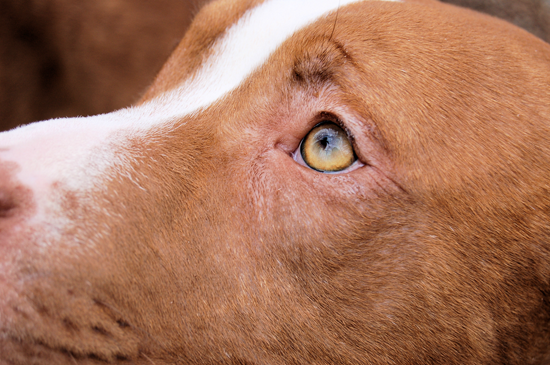The Week in Tweets (25th January 2012)
Thanks for joining us in the second instalment of ‘The Week in Tweets’. Plenty of happenings this week in the blogging community. I hope you enjoy these links. Continue reading
Thanks for joining us in the second instalment of ‘The Week in Tweets’. Plenty of happenings this week in the blogging community. I hope you enjoy these links. Continue reading
My non-Australian readers may not know about the Aussie icon, the Dingo (Canis lupus). The dingo is the only large carnivore on mainland Australia, and it is unique as it is also a placental mammal (while most mammals in Australia are marsupials).
Aboriginal people inhabited Australia before the invasion by European settlers. It is believed that dingoes entered the Australian environment by trading between aboriginal people and visiting Asian ships. Though they are not strictly a ‘native’ Australian animal, they are practically and are the principal predator on mainland Australia.
While a lot of texts describe dingoes as ‘wild animals’, it seems that the relationship between dingoes and aboriginal people was (and still is) a bit more complex. Dingoes provided companionship, like a dog, to aboriginal people, but also hunted and fended for themselves in packs. It seems dingoes took the best of both worlds – the domesticated tameness of a dog but the ability to hunt, and the independence, of their distant wolf ancestors.
To me, the Australian dingo makes for interesting study for anyone interested in dogs. It seems like the dingo has almost taken reverse domestication – they were imported from Asian countries (approximately 5,000 years ago) as domesticated, but then ‘went wild’ and hunted in Australia. While Coppinger and others talk about wolves becoming dogs, it seems that dogs will then became dingoes again when given the opportunity (at least in Australia).
The reason I’m writing about the dingo today is after being reminded about their significance from the ABC Radio National ‘Bush Telegraph’ program’s recent segment called Iconic Animals – The Dingo. For anyone who has an hour free, you are sure to enjoy this program.
This radio program talks about how the dingo entered Australia (briefly), before going into dingo vocalisations, colouring, and conservation. Conservation is a tricky issue – with many farmers being legally able to shoot, trap, bait, and otherwise exterminate dingoes (as they appear to be ‘wild dogs’, and, fundamentally, are wild dogs), while they are also threatened as they are breeding with domesticated dogs to make dingo-dog hybrids. That is, pure dingoes are under threat of extinction (though pure populations do exist). The program looks also at how connected indigenous (aboriginal) people of Australia are to the dingo, in that they believe that dingoes and humans are family.
It’s a broad program, looking at many different issues, but certainly interesting – and I’m sure would be especially interesting to my international readers who have not heard of the dingo before.
I’d like to start this as a weekly (or mostly weekly – I don’t want to be bullied by my blog!) segment, where I post my favourite links from the last week. I normally Tweet my favourite links (at my Twitter account), but it occurred to me that some of you not on Twitter may want to check them out, too. Plus, I can talk about them in more than 140 characters here. Continue reading
Readers, just a quick note to draw your attention to a Wikipedia article I have been creating over the last few days. Well-renowned Australian dog trainer, Steve Austin, did not have a Wikipedia page, or indeed, any general information page in the first few pages of Google! So I made him one, and I very much hope it does him justice. The beauty of Wikipedia is that, very likely, in a year’s time, none of my original text will be in his article, but my original ideas will be extended, elaborated, and refined. I look forward to that day.

Steve Austin (the dog trainer) on Wikipedia.
I have also discovered the Wikipedia dog community and I am a little concerned I have found my next time waster… Time will tell.
Today I found an interesting documentary on dog fighting, called “Off the Chain” (you can watch the first part here on YouTube, and follow the links through to the other 5 parts. Please be aware that some footage is quite graphic).
For me, I always like to get alternative viewpoints on issues. This documentary achieved this. There are plenty of segments that educate us on the evils and tragedy of dog fighting, but this documentary actually allowed us to hear people from the other side – people who fight dogs themselves. I have never heard this viewpoint before, so I was very happy to get this perspective.

The major issue this documentary brings up to me is that dog fighters cannot seek medical treatment or humane euthanasia of their animals because of the fear of prosecution. I wonder if there was more protection of dog fighters and their privacy if less animals would suffer. (It is like drug users – when a person overdoses, we don’t then charge them for the use of an illicit substance.)
This documentary also covers the inefficiency of breed specific legislation, and brought up many points I agree with.
Another area of interest was that the rules for dog fighting was also covered. They explained the procedures for a dog fight, and how winners are determined, etc. This was very educational to me – I never knew of these rules and, actually, they seemed reasonably fair despite the questionable context.
Overall, I recommend anyone who can withstand some gore to view this documentary and see if it challenges your current thoughts about the dog fighting scene.